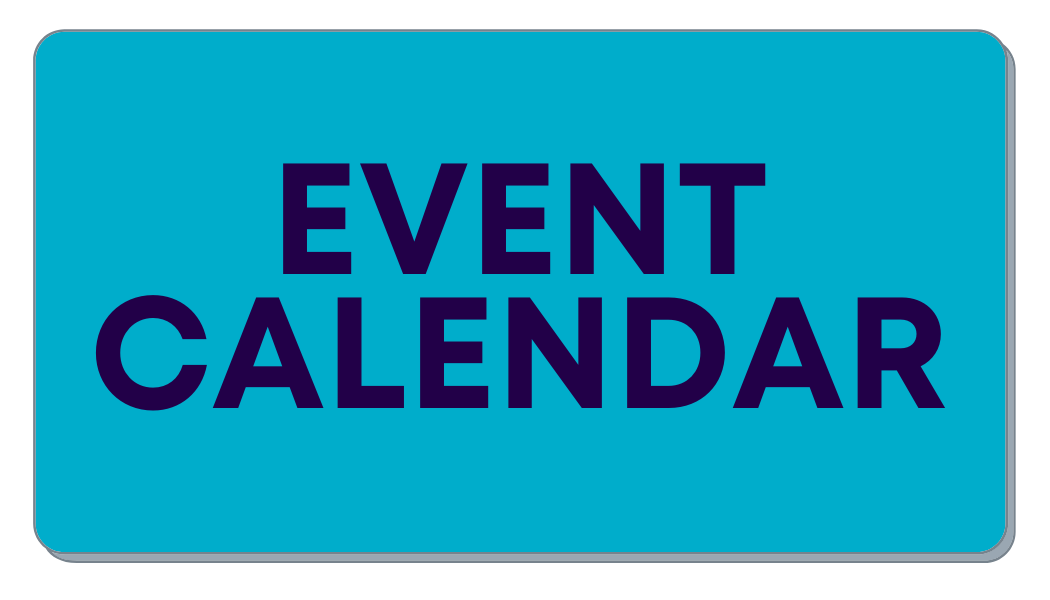Living in Pennsylvania means that we are accustomed to all the seasons of weather. From heat waves to below freezing temperatures, Pennsylvanians have seen it all! Right now schools are watching for needs of cancellations, virtual days and where they can make up days if need be. So I felt like the best time to discuss winter weather precautions is now due to most kids wanting to play outside but not understanding why or how it could be too dangerous.
Read through the list of tasks I've put together and see what your kids can help with doing!
- Know your winter weather terms to help you know what is coming and how to prepare
- Winter Storm Watch - storm is possible in the area
- Winter Storm Warning - storm is occurring or will occur soon in the area
- Blizzard Warning
- sustained winds or frequent gusts 35 mph+ and considerable amounts of falling or blowing snow
- visibility reduced to less than a quarter mile
- expected to last 3 hours+
- Frost/Freezing Warning - below freezing temperatures expected
- Freezing Rain - rain that freezes when it hits the ground and creates a coating of ice on roads, sidewalks, trees and power lines
- Sleet
- rain that turns into ice before reaching the ground
- causes moisture on the roads to freeze and become slippery
- Flurries
- light snow for a short time
- no accumulation or light dusting is expected
- Showers
- varying intensities of snow for brief periods of time
- some accumulation possible
- Squalls
- brief, intense show showers
- strong gusty winds
- accumulation can be significant
- Blowing Snow
- wind driven that reduces visibility and causes significant drifting
- may be falling or loos snow on ground picked up by the wind
- Blizzard - winds over 35 mph and blowing snow with visibility near zero
Home Precautions
- Have an emergency supply kit with enough provisions for you and your family for at least 3 days and a smaller kit in your car
- Have an item to provide traction on sidewalks and driveways (rock salt, ashes, sand, cat litter, etc.)
- Ensure you are properly clothed for the weather, including having extra clothes and blankets in the car
- Have a battery operated or crank radio in case power goes down so that you are able to hear weather reports and emergency information
- Check weather stripping and insulation to keep errant drafts from entering the home. Spray foam can help fill small gaps but must be used cautiously at you can cause more damage by using incorrectly
- Close off unused rooms by hanging blankets over the doors, using items to block bottom of doors and cover the windows to keep the heat in the areas you need it
- Insulate pipes with insulation, newspapers, plastic or heat tape to prevent them from breaking. Also, allow faucets to drip to keep the lines from freezing.
- Know where your shut off points are for your water lines in case of a break
- If pipes freeze, remove insulation layers and wrap in rags or towels; open faucets completely and pour hot water on pipes starting where exposure to cold is the worst
- Use caution when using alternate sources of heat, such as kerosene heaters, as they are possible sources of toxic fumes and fires
- Wear layers of loose, lightweight, warm clothing
- Layers keep you warmer than a single coat
- Gloves/mittens, scarves, hats and ski masks are vital to prevent frostbite and loss of body heat
Driving Precautions
- Avoid unnecessary travel, especially at night
- Choose main roads over back/side roads
- Let someone know where you are going, the route you plan to take and when you plan to arrive
- Prepare your vehicle properly
- Check fluid levels
- Have good working brakes
- Ensure exhaust system does not leak into the cab of the vehicle
- Fuel and air filters should be maintained
- Ensure heater is working properly, as well as the defrost system
- Headlights, turn signals and hazard lights should all be in working in order
- Oil should be maintained
- Ensure thermostat is working properly
- Tires should have accurate treat amounts, air levels and have studs or chains (if legal in your area)
- Windshield wipers and fluid should be maintained
- If trapped in your vehicle during a storm:
- Pull off road, engage hazard lights and hang a distress flag from window or antenna
- Remain in vehicle to increase the likelihood that you will be found
- Do not set out on foot unless you can see a building close in which you can take shelter (keep in mind that distances are often distorted by blowing snow)
- Run engine and heater for ten minutes each hour to keep warm with a window slightly opened for ventilation
- Periodically remove snow from tailpipe/exhaust to prevent CO2 buildup
- Huddle with passengers and use coats as blankets
- Take turns sleeping with one person awake at all times to watch for rescue crews
- Keep hydrated to avoid dehydration
- If stranded in remote area, spell out HELP or SOS by stomping snow in block letters and then line with rocks or tree limbs to draw attention from air rescue crews
Outdoor Precautions
- Clear snow in several short trips, do not over exert yourself by trying to clear it all in one try
- Heart attacks are one of the key cause of deaths in the wintertime from shoveling snow
- Cover your mouth to protect your lungs from extremely cold air
- Keep dry by changing your clothes as many times as needed
- Watch for signs of frostbite and hypothermia
- loss of feeling in extremities
- tingling feeling
- White or pale color of skin
- Red skin in younger children
- Uncontrollable shivering
- Memory loss
- Disorientation
- Speech that is not normal - slurring, confusion, etc
- Drowsiness/Exhaustion
- If any of the above signs are noted:
- Get to a warm location
- Remove all wet clothing and replace with warm dry clothing
- Wrap body in a blanket
- Warm center of your body first
- Drink warm, non-alcoholic and non-caffeinated beverages if awake and conscious
- Get medical help as soon as possible
This is by no means an exhaustive list of precautions and tips for safety during the winter months. It is a start, to help you prepare for the weather and to know what to do should an emergency happen. If you would like to learn more about emergency preparedness, please visit your state's department of health website. Click HERE to access Pennsylvania's site. You can also visit the American Red Cross, FEMA (Federal Emergency Management Agency), CDC (Center for Disease Control and Prevention), or DHS (Department of Human Services).
Jestine Mayes is the publisher of Macaroni KID Johnstown - Laurel Highlands - Altoona, PA
The information in this article was sourced from the above websites. I am not a health, government or disaster relief professional. The information contained in this article is for informational purposes only, and does not include every step, source or fact of preparing for an emergency. I have compiled the information to assist families in getting a start on their emergency planning. If you are a professional in health, government, disaster relief and would like to provide resources or an article for the Macaroni KID Johnstown - Laurel Highlands - Altoona subscribers, please contact me at MacKidJohnstownPA@macaronikid.com to schedule a time for the information to be published.
 |  |  |



